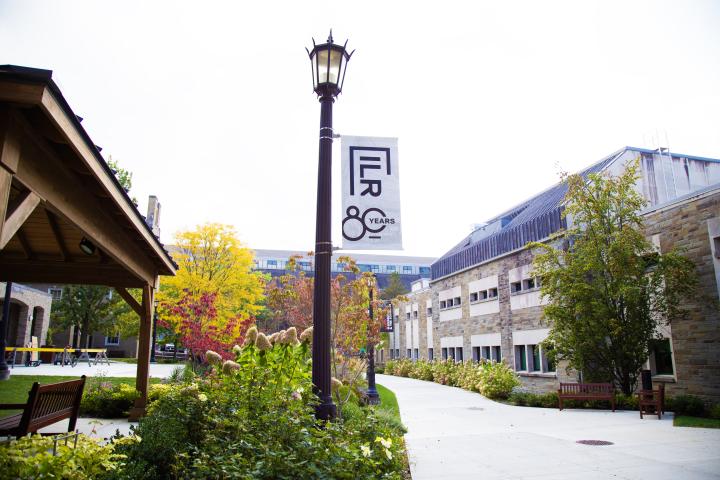
What Works
Researchers at ILR's Employment and Disability Institute have statistically tracked the paths of 16,000 students with disabilities into adult life.
Data collected from 150 high schools statewide is being interpreted so that policymakers, teachers, vocational rehabilitation counselors and others can learn from patterns that lead to successful transitions after high school.
A preliminary finding of the three-year project is clear on the value of first-hand work experience, said Model Transition Program Evaluation Director Dave Brewer.
"If we want students to understand the world of work, they need to experience work in exchange for a paycheck," he said.
"There are pockets across the state where people are doing a good job, but access to real work and real vocational training and planning happens less frequently," Brewer said.
As a result, many students with disabilities leave high school without a portfolio of achievement, he said.
And, many don't understand how to access services that could support life after high school, he said. Across the state, 200,000 students with disabilities exit high school yearly.
"What happens too frequently is a disconnect between academics and achievement in career development," he said.
Statistics from the project, funded by the New York State Education Department, Vocational Rehabilitation Agency, show that collaboration among students, families and vocational rehabilitation counselors increases the likelihood of post-high school success, Brewer said.
Students with the highest rates of transition success are those with parent advocacy and students who have identified their strengths and weaknesses, Brewer said.
"What Works," a video produced through the Model Transition Project, features students, teachers and others involved in school-to-successes. The video is posted at www.transitionsource.org.
The research conducted by the seven-person team at the Employment and Disability Institute will result in several studies detailing:
- the relationship between student participation in specific types of career development activities and post-high school student outcomes.
- patterns of positive relationships between schools and vocational rehabilitation counselors.
- impact of regional transition leadership groups on effective and sustainable transition practices.
The research will be posted at www.transitionsource.org.
The goals of the Model Transition Program are to improve post-secondary success for students with disabilities by:
- strengthening partnerships between high schools and the state vocational rehabilitation system.
- increasing participation of youth in employment, vocational rehabilitation services and post-secondary education.
- developing partnerships between schools and community service partners, including colleges, universities and businesses.


